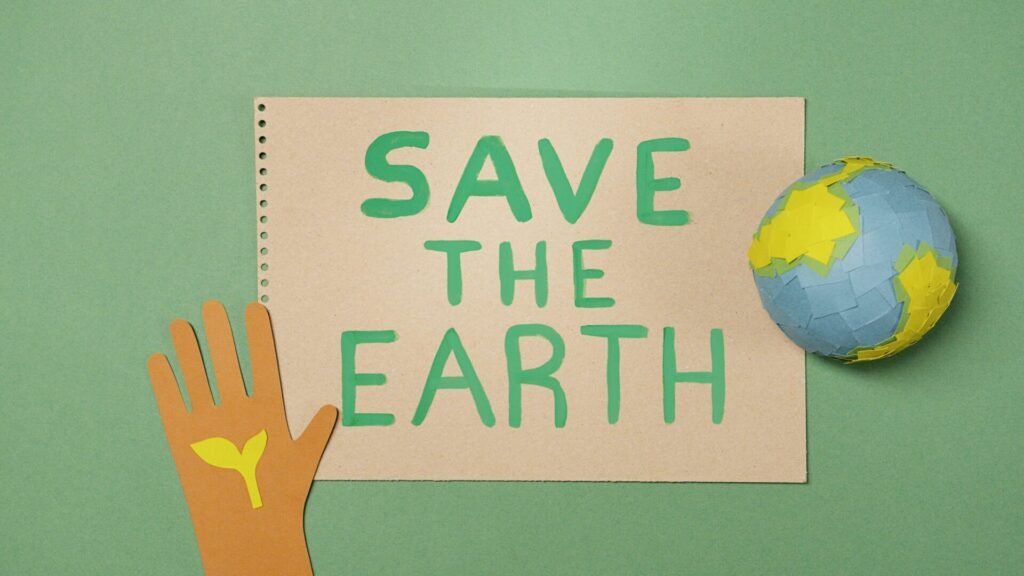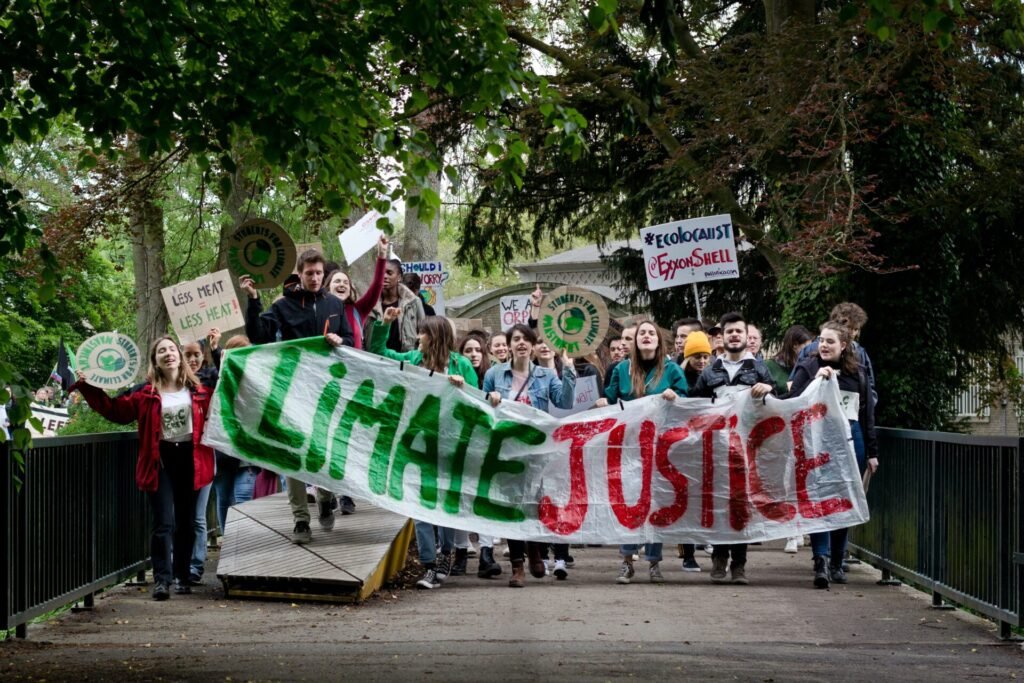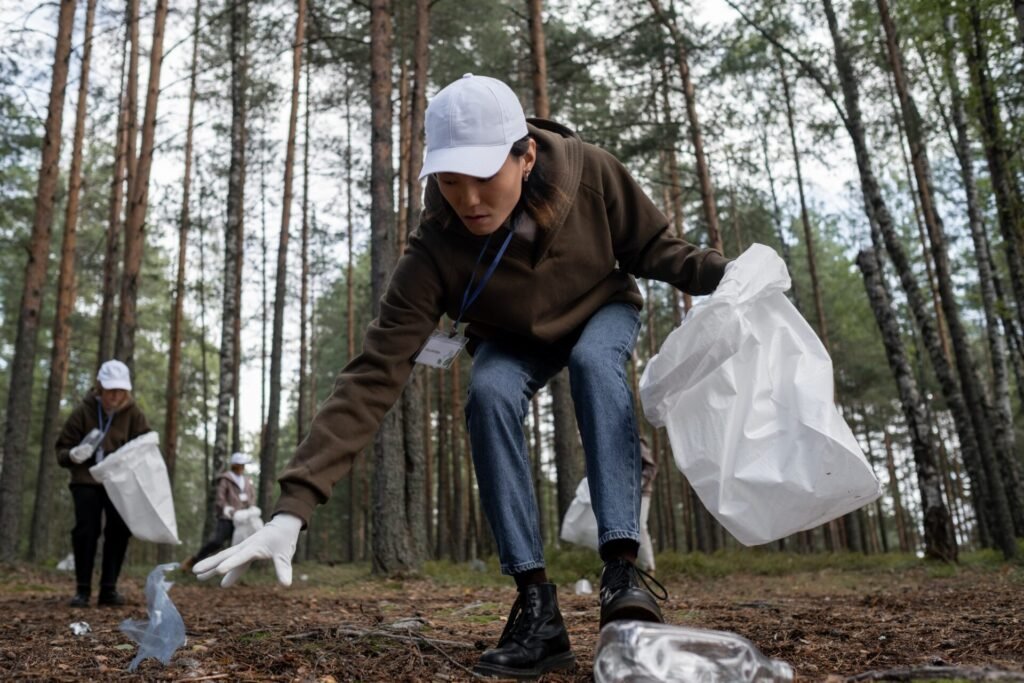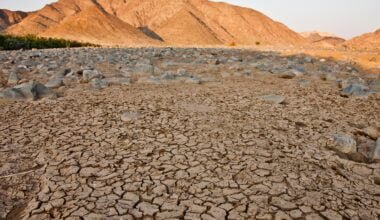Here’s a heads-up for those who are keen to join the growing global movement for environmental sustainability. In the forthcoming article, you’re about to explore an interesting array of environmental awareness activities that promise to be both fun and hugely enlightening.
You’ll learn about activities tailored to provoke thought, ignite passion and inspire action towards environmental preservation. From community clean-ups to environmental book clubs, each of these activities offers you a unique opportunity to play your part in combating climate change and ensuring a greener, more sustainable future for all.
So gear up, because your journey towards environmental awareness and stewardship begins here!

Understanding Environmental Awareness
Defining Environmental Awareness
- Let’s start from the beginning. What do we mean by “environmental awareness”? In essence, it’s simply understanding the impact of our relationship with the earth, the ecosystems around us, and our shared responsibility to protect and sustain this relationship.
- It’s about appreciating the interconnectedness of all living beings and recognizing the fact that our actions have consequences that go beyond our immediate circle of life. We live in a world where every individual’s actions can have a ripple effect, influencing environments and species far removed from them.
Importance of Environmental Awareness
- Now that we’ve established what environmental awareness is, let’s address why it’s so crucial. The importance of environmental awareness lies in the fact that our planet is currently experiencing significant environmental changes – think climate change, biodiversity loss, deforestation, rising sea levels…the list goes on. Without a keen understanding of these issues and our role in perpetuating them, we’re left incapacitated and unable to join the fight to mitigate these problems.
Present Scenario: Environmental Challenges
- So where do we stand right now? Well, our planet is under siege. Global warming is causing severe weather changes affecting people, animals, and ecosystems worldwide. Plastic pollution is choking our oceans, threatening marine biodiversity. Unsustainable farming practices are causing deforestation, leading to the loss of habitats and species. These are just a few examples of the environmental challenges we face – all of which require immediate attention and action.
Individual Role in Environmental Awareness

Understanding Personal Impact
- So let’s talk about you. What’s your stake in all of this, and how do you fit into the picture? Well, every day, through your actions, you’re making choices that affect our environment. From the food you eat and the products you buy to the means of transport you use, every one of your decisions has an environmental footprint.
Making Lifestyle Changes for Sustainability
- Understanding your personal impact is the first step towards making conscious efforts to reduce it. Adopting sustainable lifestyle changes, such as reducing waste, choosing sustainable products, eating a plant-based diet, and using public transportation or carpooling, can make a significant difference. Remember, every bit counts!
Spreading Awareness in Personal Network
- Beyond making changes in your own life, you have the power to influence others in your personal network. By talking to your friends, family, and colleagues about environmental issues and the changes you’ve made, you encourage them to make more conscious decisions themselves.
Organizing Environmental Awareness Campaigns

Steps to Organize a Campaign
- Organizing a campaign can be a powerful tool to raise environmental awareness. Start by identifying the specific issue you want to address, establish clear goals for your campaign, and pinpoint your target audience. Then, create compelling content and spread the word through social media, publicity materials, and community events.
Effective Messaging for Campaigns
- Messaging is everything in a campaign. Facts about environmental issues, coupled with actionable solutions, are key to engaging and motivating people. Remember to keep your message positive and empowering to inspire people to take action.
Engaging Local Communities in Campaigns
- Local community involvement is the backbone of environmental awareness campaigns. Organize community-based activities and events that bring people together for environmental causes. These could be tree planting drives, beach clean-ups, or workshops on sustainable living.
Educational Activities for Environmental Awareness

Creating Classroom Activities
- Schools play a vital role in promoting environmental awareness. Teachers can develop classroom activities that teach students about environmental issues and their personal impact. Encourage students to take up projects related to environmental conservation.
Promoting Outdoor Learning Experiences
- Learning about the environment doesn’t just happen in the classroom. Outdoor activities, such as nature trails, bird watching and gardening, offer excellent opportunities for children to learn about the environment while enjoying the beauty of the natural world.
Utilizing Technology for Environmental Education
- Technology can also be a fantastic tool for environmental education. From educational apps and online courses to virtual reality experiences, technology can help bring complex environmental issues to life, making learning both fun and engaging.
Community-Based Environmental Awareness Activities

Creating and Sustaining Community Gardens
- One great way to promote environmental awareness within a community is by creating a community garden. Along with producing fresh food, community gardens foster a sense of ownership towards the local environment and encourage sustainable practices such as composting and recycling.
Organizing Neighborhood Clean-Up Drives
- Organizing a neighborhood cleanup drive can be an effective way to involve community members in environmental conservation while improving the local environment. It also helps residents understand the impact of irresponsible waste disposal on their direct surroundings.
Implementing Community Recycling Programs
- Implementing community-wide recycling programs is another impactful initiative. Not only does it promote responsible waste management, but it also reduces the amount of waste that ends up in landfills.
Workplace Environmental Awareness Activities
Implementing Green Office Initiatives
- Offices and businesses can also play a significant role in promoting environmental awareness. Implementing green initiatives, such as reducing paper use, promoting recycling, and encouraging the use of reusable mugs and water bottles, can go a long way in reducing an office’s environmental footprint.
Organizing Employee Engagement Events
- Organize environmental awareness events and activities for employees. Workshops on sustainability, green challenges, or talks by environmental experts can engage employees and inspire them to adopt more sustainable practices at work and home.
Promoting Remote Work to Reduce Carbon Footprint
- Remote work is another excellent way for companies to reduce their carbon footprint. Not only does it cut down on commuting-related emissions, but it often also results in lower energy use.
Awareness Through Art and Creativity
Using Art as a Tool for Awareness
- Art has the power to communicate complex issues in a relatable and engaging way. Create or showcase artwork that addresses environmental issues to raise awareness and evoke emotional responses that inspire action.
Promoting Sustainability Through Creative Projects
- Creative projects like DIY crafts with recycled materials or creating eco-friendly products can make sustainability fun and engaging. These kinds of activities allow people to actively participate in yet another form of environmental conservation.
Hosting Environmental Film Screenings and Discussions
- Hosting film screenings of documentaries about environmental issues is another fruitful way to raise awareness. Follow up the screening with rich discussions about the issues presented and possible solutions.
Participation in Local and Global Environmental Movements

Engaging With Local Environmental Groups
- Joining local environmental groups can be a fantastic way to involve yourself in ongoing conservation efforts. Such groups often organize activities and campaigns that you can participate in to contribute to environmental conservation.
Participating in Global Initiatives and Movements
- Engaging in global initiatives and movements offers a broader perspective on environmental issues. Participate in global events like World Environment Day and Earth Hour or join international movements pushing for environmental policies and change.
Using Social Media for Awareness and Engagement
- Social media platforms are incredibly effective for spreading environmental awareness. By sharing information, participating in online movements, and engaging your followers, you can use your online presence to contribute to the cause.
Advocacy and Policy Engagement for Environmental Awareness

Understanding Environmental Policy
- To engage successfully in environmental advocacy, you need to understand environmental policies. Understanding these policies helps you know what’s currently in place, what needs to change, and what actions are most critical for achieving those changes.
Engaging in Advocacy Work
- Advocate for better environmental policies by writing to your representatives, participating in protests, and voicing your concerns both online and offline. It’s important to lobby for legislation that supports renewable energy, reduces emissions, protects natural habitats, and curbs pollution.
Lobbying for Environmental Legislation
- Lobbying is all about persuading lawmakers to enact laws that align with your cause. Lobby for laws that address prominent environmental issues such as climate change, deforestation, pollution, and wildlife conservation.
Evaluating the Impact of Environmental Awareness Activities
Measuring changes in Behavior and Attitudes
- One way to gauge the success of your environmental awareness efforts is by observing changes in behavior and attitudes. Are people in your community recycling more, reducing their consumption, or adopting more sustainable habits? These changes indicate that your actions are having an effect.
Assessing Community Impact
- Look at the changes in your community too. Has there been an increase in green spaces? Improvement in waste management? A decrease in local pollution? These might suggest that your activities are yielding results.
Using Data for Continuous Improvement and Adaptation
- Finally, always collect and analyze data to evaluate the effectiveness of your efforts. Feedback and results can help you refine your strategies and adapt to new situations or challenges, thereby ensuring your environmental awareness activities have the maximum possible impact. Remember, it’s a constant journey of learning, improving, and acting.
Conclusion
In summary, our journey towards environmental awareness and action is an exciting one. It starts with understanding our connection to the Earth and why environmental awareness matters. The challenges we face, from climate change to pollution, require our attention and action.
You have a vital role to play in this journey. Your daily choices, like using sustainable products or reducing waste, make a difference. You can inspire others in your network to do the same.
Organizing campaigns and community activities can amplify your impact. Whether it’s planting trees, cleaning up a neighborhood, or promoting recycling, these actions bring people together for a greener cause.
Education is key, and it happens in and out of the classroom. Teachers can create engaging activities, and outdoor experiences like nature trails can teach us about the environment. Technology, too, offers exciting ways to learn.
Businesses can join the effort by adopting green initiatives and engaging employees. Even art and creativity can raise awareness, and films and discussions can spark important conversations.
Joining local and global movements and advocating for better policies are powerful ways to make a difference. Your voice matters.
Finally, measure your impact through changed behaviors, improved communities, and data analysis. It’s a continuous journey of learning, improving, and acting.
So, let’s embark on this journey together, making our planet greener, one step at a time. Your actions count, and together, we can ensure a sustainable future.








